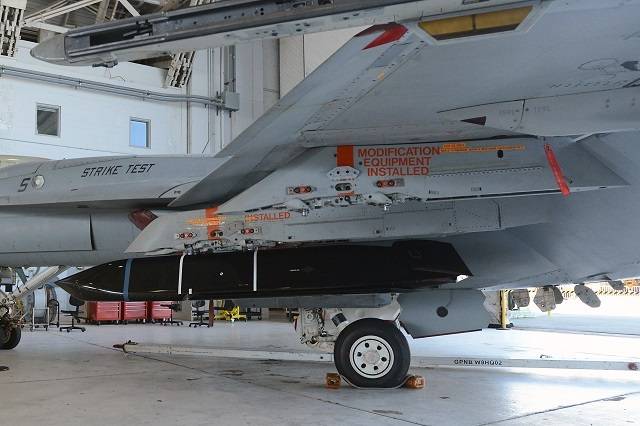The United States began the production of new anti-ship missiles

The AGM-158C LRASM missile (Long Range Anti-Ship Missile - a long-range anti-ship missile) was developed and manufactured by Lockheed Martin by order of the US Department of Defense. Work on the creation of LRASM cruise missiles began in 2009, the first tests passed in 2013, and a year later some of the ships of the US Navy armed these missiles. Despite the fact that these ammunition is already in use fleet, officially they will go into service with the US Navy and Air Force only after 2018.
The AGM-158C are designed to replace Harpoon missiles that have been in service with the US Army since 1977. New missiles have a special shape and coating, reducing radar visibility, and are equipped with sensors that allow them to independently detect and identify targets in a given square, as well as “communicate” with other missiles, distributing targets among themselves. According to the technical description, the LRASM rocket carries a battle charge with a mass of 450 kg and can cover a distance of up to 930 km. AGM-158C is equipped with a Williams International F107-WR-105 turbofan engine, which provides it with a maneuverable flight at subsonic speed (the supersonic version of the rocket was also developed, but this project was rejected by the US Department of Defense).
It is planned that in the coming years LRASM missiles will become the standard armament of US Air Force aircraft and US Navy ships. New ammunition has already been tested for compatibility with the Mk.41 ship launcher, can be dropped from the B-1B Lancer bombers, and also launched from the F / A-18 and F-35 Lightning II fighters.
- http://navaltoday.com/
Information